On the afternoon of November 19th, the company invited Dr. Zhang from Wujiang Fourth People's Hospital to the company, providing emergency knowledge training for employees, interacting with them, answering their related questions, and enhancing their emergency response capabilities.
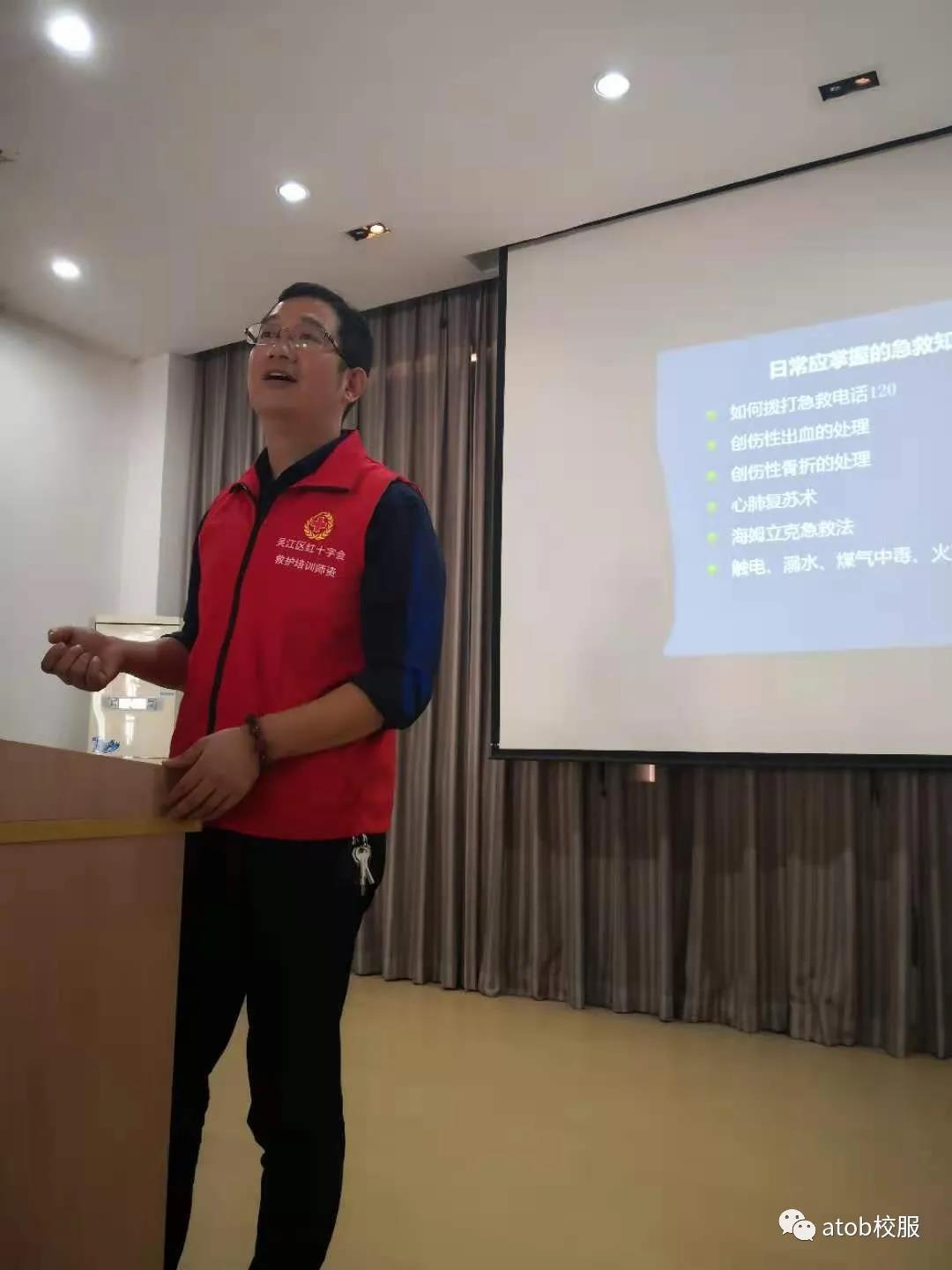
Dr. Zhang provided detailed explanations to employees on how to call 120, how to handle bleeding, fractures, cardiopulmonary resuscitation, electric shock, drowning, gas poisoning, fire, and other related issues.
Training site
The on-site staff listened attentively and interacted with Dr. Zhang:

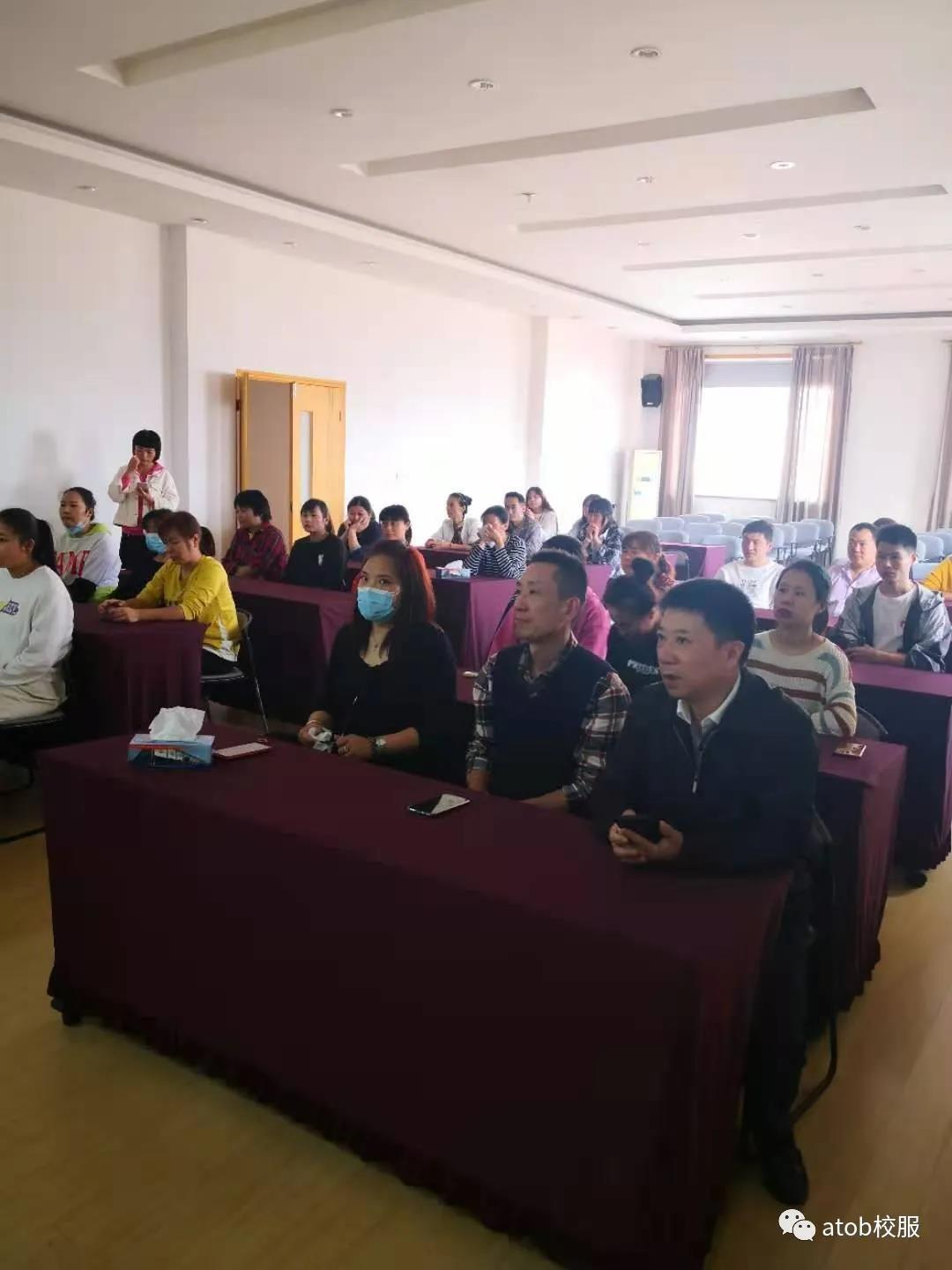
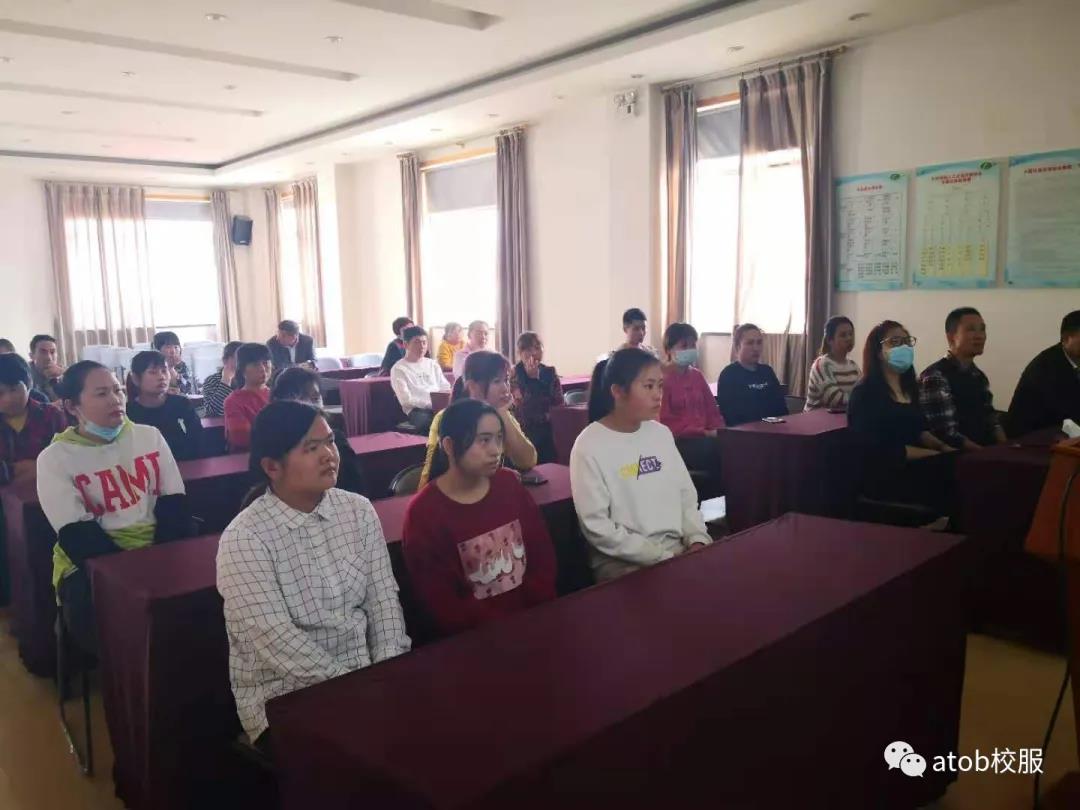
primary coverage
Q1
How to call emergency number 120
1. Confirm China's medical emergency hotline -120
2. Need an ambulance to arrive at the location, clear waiting location
3. Number of patients and basic condition
4. Have you had any previous history of illness or injury
5. Leave a contact number
6. Keep call for help unobstructed
Q2
Management of traumatic bleeding
1. Zero time finger pressure hemostasis for arteries
2. Direct compression hemostasis (recommended to be used for a period of 5 to 10 minutes, with protective measures for the wound as much as possible)
3. Stuffing hemostasis (sitting straight, leaning forward slightly, pinching under the bridge of the nose with your fingers)
4. Tourniquet hemostasis
4.1 The place to tie the tourniquet: the proximal end of the wound
4.2 Place cushion under the tourniquet. The tourniquet should be tightened to achieve the effect of hemostasis. Loosen it every 30 minutes for 1 minute
4.3 Shift handover is required after tourniquet is tied
4.4 The tourniquet must be marked
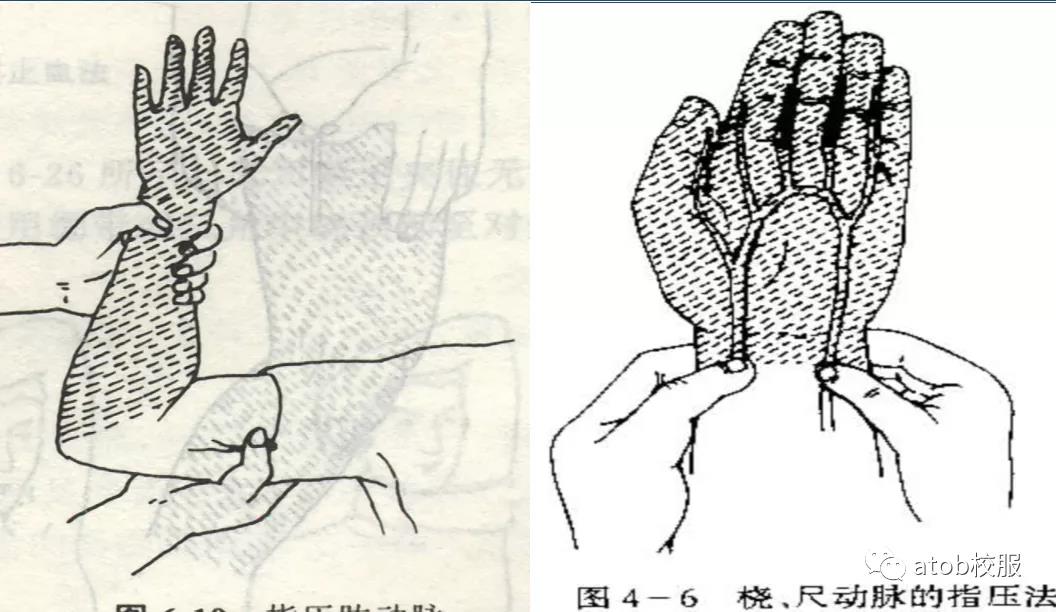
Q3
Treatment of fracture site
1. Fix the injured area (beyond the joint)
2. If there is bleeding, stop the bleeding first
3. Fixed materials
3.1 Clamps, neck brackets, etc
3.2 Using local materials, such as wooden sticks, etc
3.3 Patient's own healthy limbs
4. Fixed method
4.1 Neck injury fixation: neck support
4.2 Limb fixation: When wooden splints are used to fix limbs, the length of the splint must be longer than the two joints where the injured limb is located, with three upper fixation straps
5. How to handle (regardless of the method used, attention must be paid not to aggravate the injury or increase the pain of the injured)

Q4
Cardiopulmonary resuscitation
If someone falls to the ground, maintain composure and handle it correctly
1. Ensure the safety of the surrounding environment
2. Judging the patient's response (tapping and calling again)
If there is no response:
Call 120 emergency number
Call out loudly for help
There is an AED nearby, quickly obtain it and activate the emergency response system
3. Determine breathing and circulation (takes 5-10 seconds)
3.1 Touching carotid artery pulsation
3.2 Listening to the patient's breathing sounds
3.3 Checking the chest undulation
4. Extrathoracic cardiac compression
4.1 The pressing position is the midpoint of the line connecting the two nipples - the middle and lower one-third of the sternum
4.2 Frequency is 100-120 times/minute, with a depth of at least 5-6 centimeters
4.3 The ratio of chest compressions to artificial respiration is 30:2
5. Open the airway (keep the airway unobstructed. If the patient loses consciousness, the lower jaw should be raised to prevent the tongue from falling back and blocking the airway)
6. Artificial respiration
6.1 Calm inhalation (500-600ml)
6.2 Wrap the mouth, blow tightly, and pinch the nasal wings with your fingers
6.3 Blow air while observing chest undulation
6.4 After administering air, loosen the opening and nose until the chest is sagging before administering air
6.5 Continue chest compressions after two ventilation sessions (ventilation process less than 10 seconds)

Q5
Electric shock treatment
1. First cut off the power supply (adult only)
2. Not in direct contact with the body of the person receiving an electric shock
3. Call 120
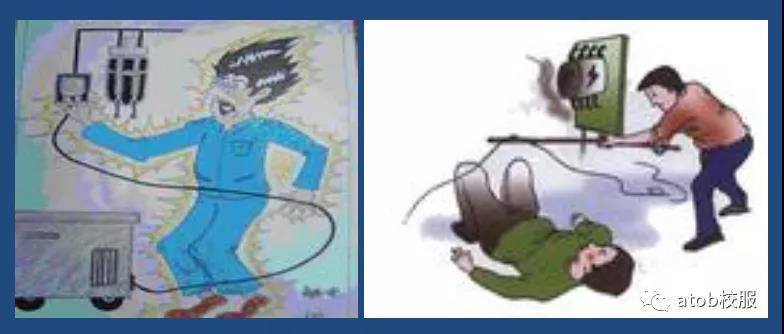
Q6
Drowning treatment
1. Please have someone rescue the drowning person ashore and immediately pour out the accumulated water in the drowning person's respiratory tract
2. Please call 120 emergency number
3. If the heartbeat and breathing stop, immediately perform cardiopulmonary resuscitation (artificial respiration, chest compressions)
4. Muscle spasms, try to switch to backstroke position and forcefully pull the distal end of the limb back
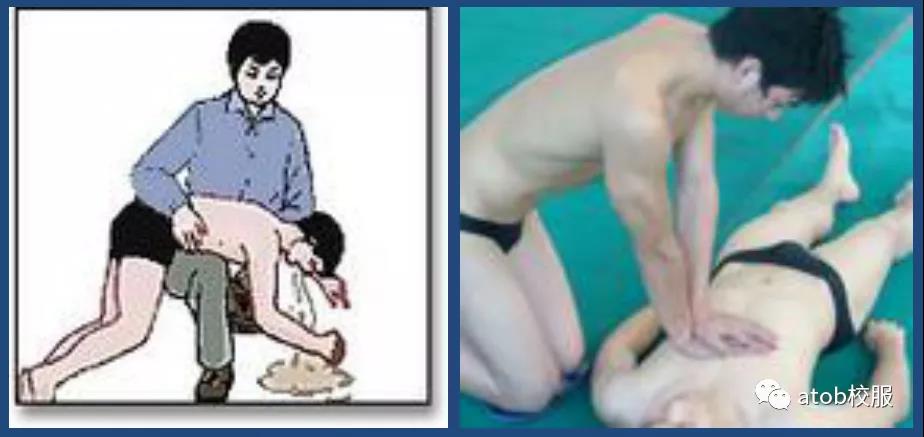
Q7
Gas poisoning treatment
1. Open windows and doors for ventilation
2. Immediately remove the poisoned person from the poisoning site
3. If the heartbeat and breathing stop, perform cardiopulmonary resuscitation
4. Hyperbaric oxygen chamber treatment





 苏公网安备32050902102846号
苏公网安备32050902102846号